It's contributed by @Igor Allexsander
If you have a projector or have ever thought about having one, I'm sure you've also researched about projection screens. Today there are several types of projection screen, of various sizes, proportions and many prices.
And what is a projection screen?
The projection screen is a special reflective fabric (natural or synthetic), flat and smooth, where the images of the projectors must be displayed, they guarantee a clearer image, and consequently, you will have better visibility in the reproduction of these images. Choosing a good projection screen is just as important as choosing a good projector, after all, it will help you ensure a better quality image (with more or less brightness).
Does everyone who has a projector need to have a projection screen?
No, you are not required to have one, but with the projection screen your image will look better, so most of the time it is recommended to have one. Although, at the moment I'm projecting on a white (plain) wall and I'm satisfied with the quality (image below). In other words, it's not extremely necessary, it all depends on how demanding you are, the quality of your projector's projection and how much you have to spend. A set of screen, sound and projector (of excellent quality) can be quite expensive.
(projecting on the wall)

So can I keep projecting on the wall?
Yes, of course, but remember, that the projection on the wall will depend on he how it is, more precisely, the color of the paint and texture, so if your wall paint is a specific one (for projection), your projection can be very cool and you will not need a screen.
Next, let's see some types:
1. Projection Screens with Tripod

This one is for those who like to design anywhere, it is supported by one or more tripods, and is ideal for classes, meetings and presentations, they are “generally” light and “portable”, so you can take it anywhere. And its cost is the cheapest.

They are usually not big, which makes them easy to store, in addition, most of the time they have a case or bag (which protects and avoids dust), their handling is simple, and with that it becomes the darling of schools, churches and restaurants.
2. Fixed Projection Screens

The fixed projection screen is the most used in home cinema environments and is practically part of the decoration of the house (like a painting), it is the ideal type of screen for those who use their projectors a lot (and have their TVs replaced). As the name says (they are fixed), and must be in a predetermined location, it is not possible to keep changing places, most of the time it will be necessary to have help to assemble and install. Some of these models have edges on the sides, simulating the TV.
3. With or without border?

Oops edges? Are we talking pizzas with edges?
No..., we are talking about the edges of the projection screens, and they are not just there for decoration, besides the visual effect they have a very interesting functionality.
As some projectors have automatic adjustment technology, these edges are used as a parameter to make the correct adjustment of the projected image, making it properly framed on the screen, also giving the feeling of better contrast and focus.
4. Floor Projection Screens


The floor screen is one that has a base (she can which is on the floor or can be on some other surface, how table or counter) and has a manual or automated (motorized) system mechanism (crank, strap, button or control), which when turning/pressing makes the it is lifted and later saved. On the back of the screen they have rods to ensure that it does not move, remaining straight. There are models of various sizes (and weights), fixed and even portable.
5. Retractable Projection Screens


The retractable screen is one of the most used in homes and offices (and you may have seen them in other places too) mainly in places where the screen cannot be exposed. It can be manual or automatic and it looks like a curtain, you can open and close it easily (for a strap or buton). The great advantage of this screen is that it takes up almost no space. You will find a wide variety of screens of this type, and they can be fixed or mobile (and even portable).
6. Electric Projection Screens

Electric screens are the best in terms of practicality and can be mounted in many ways and take up relatively less space (and do not always need to be there, which helps to preserve them), they are the most modern and with just a touch in at the control (or switch) it is possible to activate it (lower and raise), in general, these screens are installed on the walls (cascade) or ceilings (hidden or visible), and because they are electric (they have a motor) they need a source of energy to work.

And what is a tensioned screen?
The tensioned screen is nothing more than a screen that is completely taut, most electric models are with tensioned screens, and the tissue tends to be completely stretched, and without marks (unlike non-tensioned screens) providing an image visibly clean (no ripples).
Today with the advancement of technology, the materials used in the screens ensure that they do not wrinkle (so easily) and last much longer.
And can I put a screen anywhere?
Theoretically, yes. But it's good to know that the viewing angle is a very important point in projection screens, and in some cases it can directly interfere with the projection, so it's good to ensure a good positioning of the screen and the projector so that the images can be correct and sharper. There are several types of fabrics that guarantee a gain in the viewing angle.
7. And let's talk a little about ALR and CLR screens

In the world of projectors, there is an increasing search for a perfect image, and as a result, new technologies emerge to meet the needs of users, and thus the ALR (Ambient Light Rejecting) and CLR (Ceiling Light Rejecting) screens emerged.
They are perfect for users who do not have an environment with ideal conditions for using a projector, and who are still looking for image quality.
Unlike conventional screens, which reflect light in all directions, ALR and CLR screens select the light that will reflect back to the viewer (in a controlled manner), thus reflecting ambient light in another direction, providing a bright and sharp.
But they are expensive, yes, they are much more expensive (maybe much more), but they are screens with newer technology and excellent for bright environments (since they reject ambient light).
Even so, it is important to have a favorable scenario, so that the ambient lights do not hit it directly, otherwise, the result may not be as expected.
The CLR screen is basically the same as the ALR, the big difference is that it exclusively rejects the light that comes from above (from the ceiling)!

Both screens are suitable for people who have ultra short throw (UST) projectors, such as the Wemax Nova and Fengmi 4K Cinema (and many others), allowing you to view images with great definition even in daylight or in bright environments.
Small or large screen?

It will depend on your pocket, the space (place) you have at home and the capacity of your projector, there are several sizes on the market, so take the measuring tape and measure it right so you don't buy wrong.
Those who live in a house and apartment and want a big screen usually use screens from 90 to 120 inches, but nothing will stop you from having a home theater (with a 300 inch screen).
Screen and projector ratio

You will find square and rectangular screens, so before buying one, it is interesting to check what aspect ratio your projector generates the image (16:9, 16:10 and 4:3.), most of them are currently in aspect ratio 16:9, but I suggest you check to not have a stretched and distorted image.
And which screen color to choose?

There are white, gray and black screens, and maybe they can even exist in other colors (but I don't know), each of them has the same function (display the projected image), but they deliver an image with different settings (contrast, sharpness, brightness and color).
The white screen tends to offer greater brightness and sharpness, and until a while ago it was the predominant color in projection screens, even so, many people still prefer white screens (cost x quality).
The gray screen will be better for projectors that have a high contrast (best black level), such as laser projectors, making the colors of the images more vivid and beautiful.
And there are also black screens (which are rarely used and are actually a very dark gray), we almost don't find much out there, and just like the gray screens, they are indicated for UST laser projectors, and other projectors too can to use these screens and get good image quality.
But does a projection screen look good on any projector?
Look, it's no use having an excellent screen and a bad projector, it's necessary to have a set and that this set meets the needs of each other.
The advantage of having a projection screen is that you can project anywhere, even if the environment is lit.
But remember, projecting in a low-light environment (controlled light) or in a dark environment will always be better, regardless of whether you use a projection screen or a wall.
And the cost of a screen?
You see, the value of a screen can vary a lot! Currently there are very (but very) expensive screens, which are more expensive than some projectors, screens with good cost x benefit and there cheap screens that don't work as they should. That's why it's important to research before you buy.
And where can I find these screens to buy?
You can find these projection screens in almost every store. Amazon, Aliexpress...
Wemax has some of these models mentioned here, check the website and official stores.
As I said at the beginning, it all depends on how demanding you are, and what functionality you are going to design for. If you want to get the most out of your projector, you might need a projection screen.
So that's it, there are many options and types of projection screens to choose from, just check which one best fits your budget and which will provide you with the best image.
Good luck, good presentation or good movie!


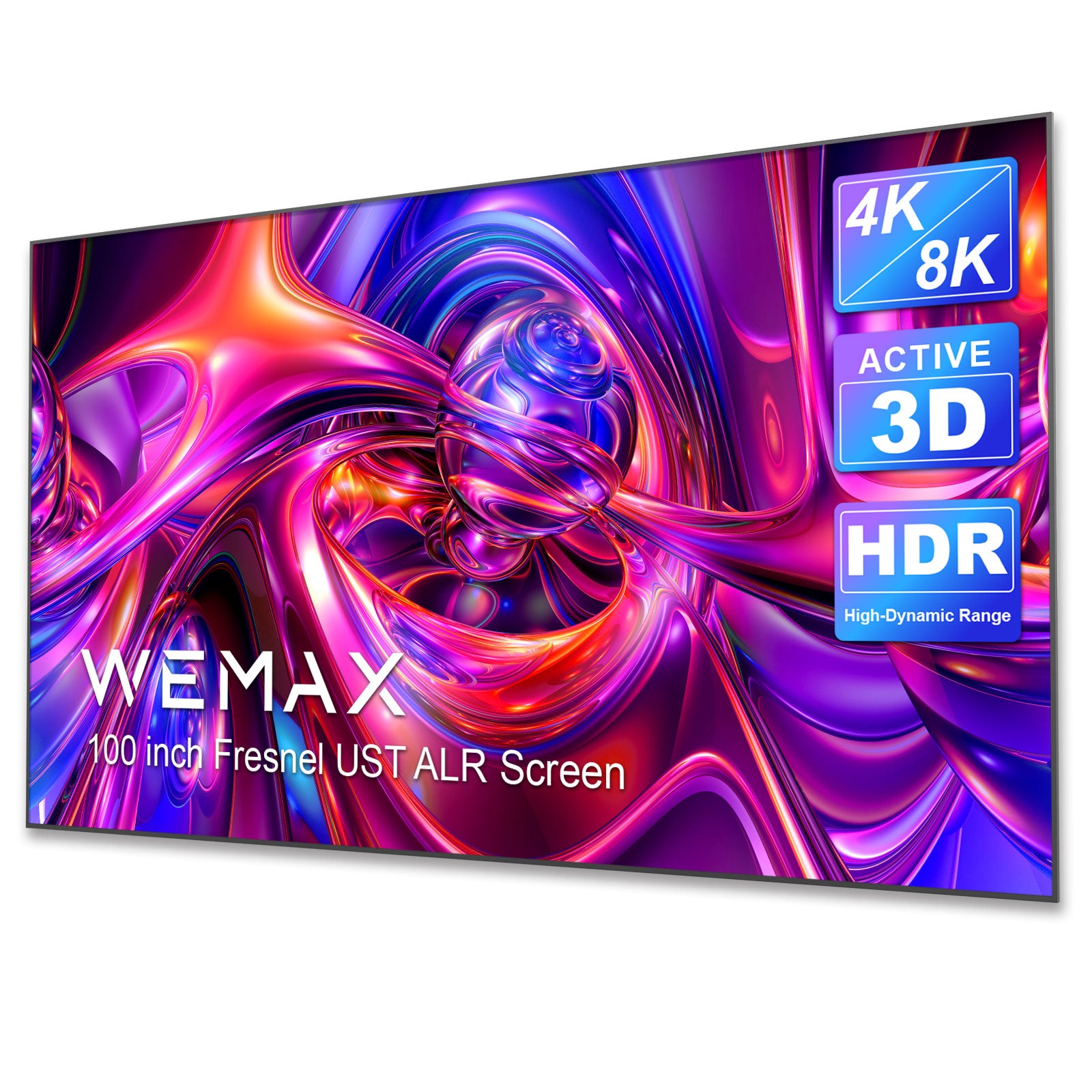

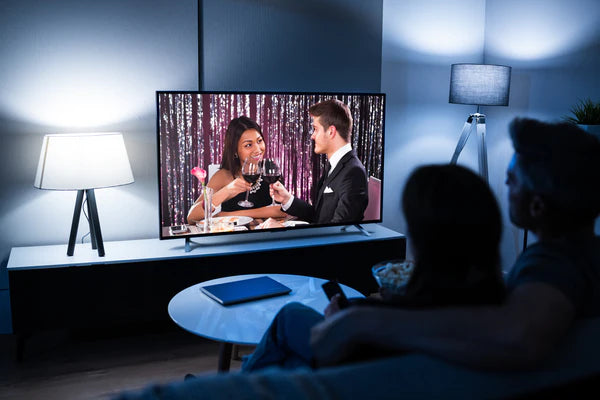
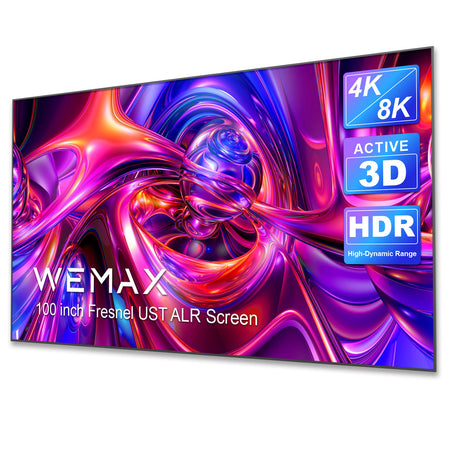
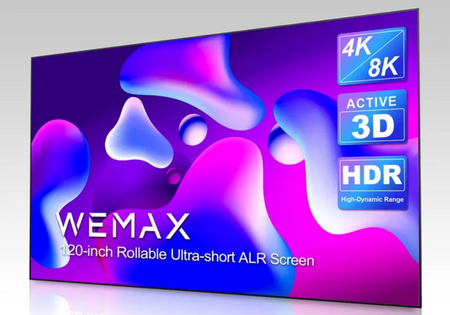
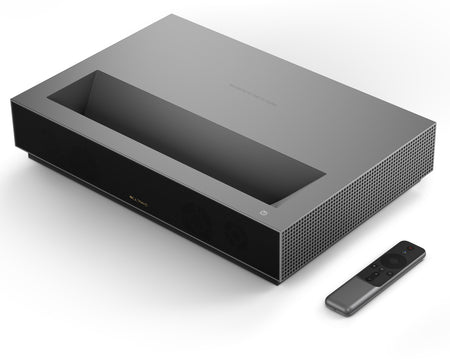
Comments (3)
Hebert Long on August 30, 2022
Great information
Amand Tod on August 30, 2022
Great
João Santos on August 22, 2022
Muito bom, já vi que preciso de uma tela.
Back to Tips and Tricks